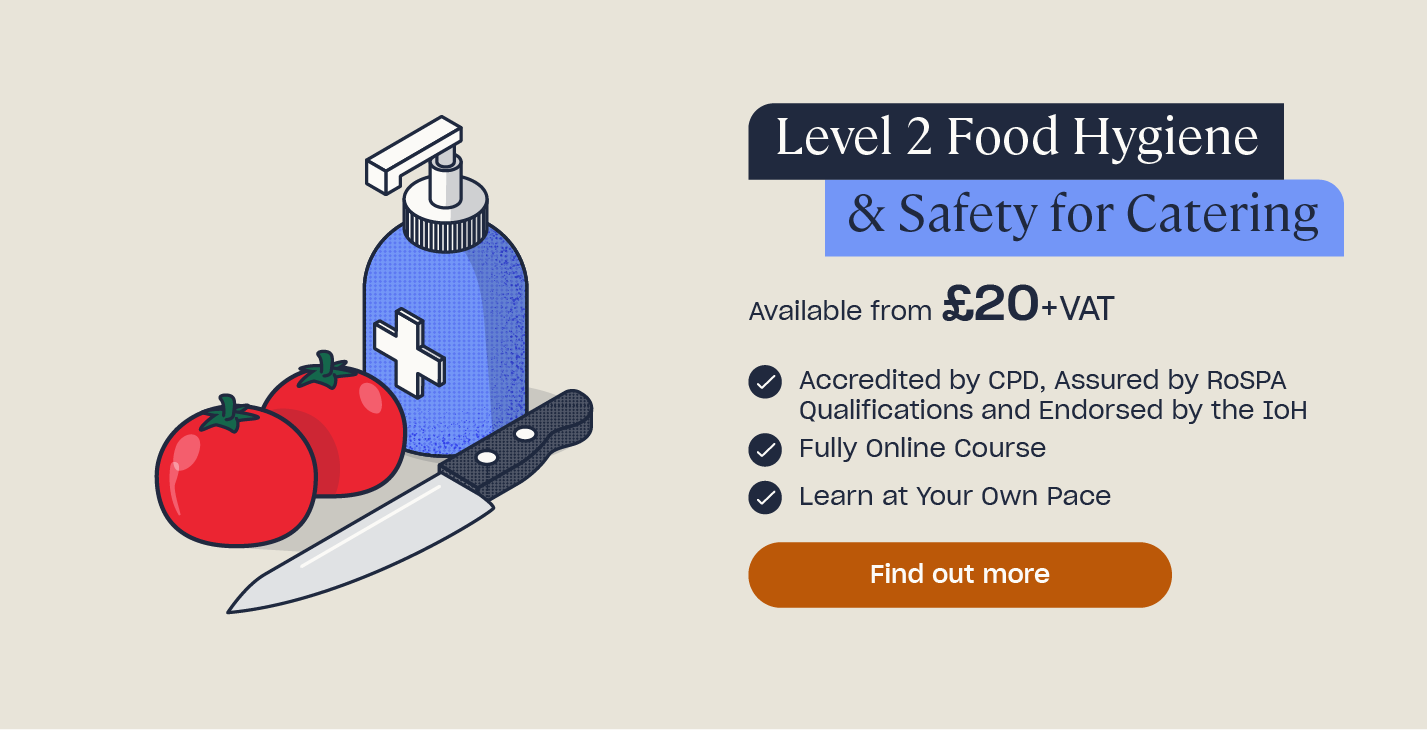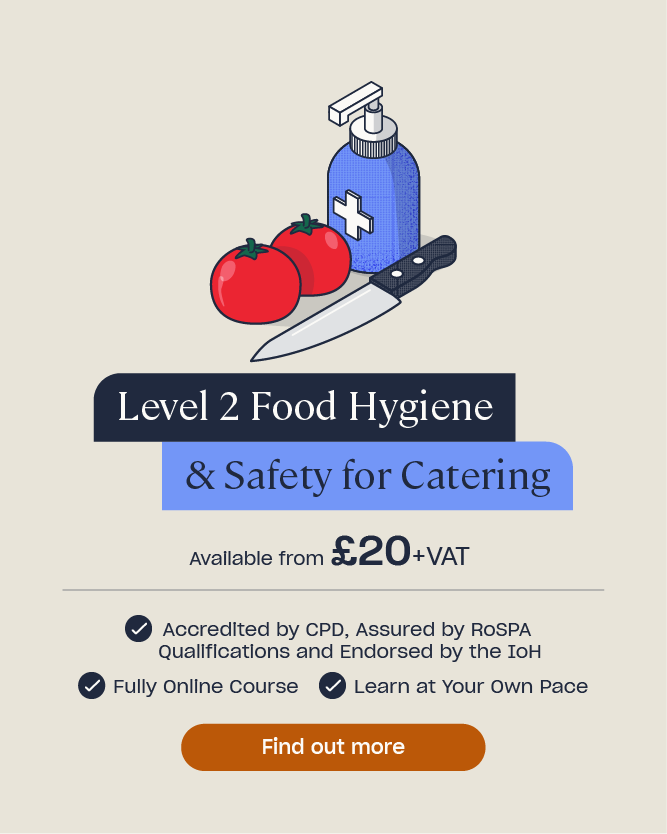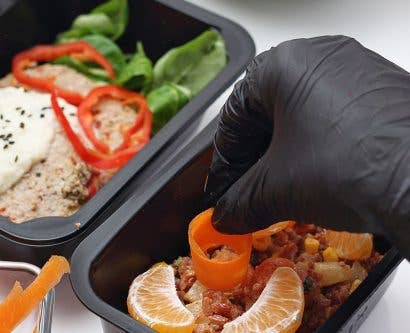Daily Opening and Closing Checklist for Restaurants
A restaurant can be a busy and fast-paced environment, and staying organised is the key to its success. It’s important to be prepared before the restaurant opens each day – cleaning and sanitising the restaurant is essential to protect the health and safety of your staff and customers. Therefore, certain jobs need to be completed before and after each shift in order to ensure the business runs smoothly. This is where an opening and closing checklist can be beneficial for restaurants.
A checklist is a list of tasks to be completed by staff members – in particular before and after each shift. In the hospitality industry, where there is often a high staff turnover, this can be an especially helpful tool to use.
In this article, we will explain the importance of using an opening and closing checklist, along with exploring some of the benefits of implementing these. We will also look into the specific areas of a restaurant that should be using a checklist, and what needs to be included in one. Finally, we will provide free downloadable templates for you to edit, print and use in your business.
Why is it Important to Follow Opening and Closing Checklists?
An opening and closing checklist for a restaurant is a list of tasks that staff need to complete either at the start or the end of a shift. These lists are accessible to all members of staff – whether they are printed and displayed, or made available digitally – who can tick or sign off each task as it is completed.
Typically, these checklists are divided into three sections: Front of house, back of house (or kitchen), and management. The restaurant manager would oversee the front of house section, while the head chef would be in charge of the back of house list.

Following an opening and closing checklist ensures tasks that are crucial for maintaining a clean and orderly establishment that’s safe for both customers and staff are completed, and nothing is missed.
This is especially important in the kitchen, where bacteria can fester and infect food if surfaces are not properly cleaned and sanitised. This can place customers at risk, and is an essential part of food hygiene and safety.
Looking to learn more?
For more information, consider taking a look at our food hygiene training courses, which is suitable for anyone who works in a setting where food is cooked, prepared or handled.
Who Needs a Restaurant Opening and Closing Checklist?
An opening and closing checklist can be helpful for restaurants of all sizes – whether you have three members of staff, or thirty.
Overall, there are many benefits to using an opening and closing checklist for a restaurant, and we will look at some of these below.
Benefits of Using Checklists
Benefits of using an opening and closing checklist in a restaurant include, but are not limited to, the following:
- No task gets forgotten – As long as it is detailed enough, a checklist ensures that no task, big or small, gets overlooked.
- Staff are aware of their responsibilities – If tasks are written down clearly and the checklists are readily available, all members of staff are aware of what is expected of them.
- Increased security – Including security checks such as locking the doors and setting alarms on a checklist increases the likelihood of them being done every day. This increases the security and safety of the restaurant.
- Accountability – A checklist allows staff to take ownership of their tasks, and also means they are accountable if certain tasks aren’t completed. Having a record of checklists can help you identify any patterns in specific tasks being consistently overlooked, too.

What Should be Included in Opening and Closing Checklists?
Every restaurant is different, and so, no two opening and closing checklists will look the same. However, there are some key areas that are applicable to every restaurant that we will look into.
Many opening and closing checklists are separated into three sections – front of house, back of house (or kitchen) and management. We’ll explore what needs to be included in each of these sections below.
Front of House
The front of house team is responsible for the restaurant being ready for customers at the start of each day, and to make sure it is clean and well-stocked after each shift.
For an opening checklist, their duties would usually include, but not be limited to:
- Setting up the restaurant with table settings, condiments and menus.
- Ensuring the restaurant is clean and tidy.
- If applicable, setting up the bar with stock and clean glassware.
- Emptying any bins.

For a closing checklist, their duties would usually include, but not be limited to:
- Cleaning and sanitising all surfaces.
- Sweeping and/or vacuuming the restaurant floor.
- If applicable, restocking the bar.
- Polishing cutlery.
- Counting the cash in the register.
- Locking the doors and setting the security system.
Kitchen
The back of house staff are responsible for preparing ingredients and putting away stock from deliveries. At the end of each shift, they are responsible to ensure the cleanliness and safety in the kitchen.
For an opening checklist, their duties would usually include, but not be limited to:
- Ensuring the kitchen is clean and sanitised.
- Recording and putting away any incoming stock from deliveries.
- Preparing each station with the necessary ingredients, utensils and equipment.
For a closing checklist, their duties would usually include, but not be limited to:
- Cleaning and sanitising all workbenches and surfaces.
- Washing all dishes, cutlery and cooking equipment.
- Putting food away in the correct storage places.
- Turning off all ovens and heating appliances.
- Ensuring all stock has been checked for expired products.

Management
The restaurant manager is primarily in charge of ensuring that the front of house staff have completed their tasks, however, they also have their own list of duties to complete each day.
At the start of each shift, this is usually communicating with the kitchen regarding bookings and orders, ensuring the front of house staff are aware of any menu changes or specials, and completing administrative tasks. At the end of each shift, it is their responsibility to oversee the tills being counted, record discrepancies with the tills, and ensure the restaurant is locked and secured.
For an opening checklist, their duties would usually include, but not be limited to:
- Finding out the daily specials and communicating these to the staff.
- Completing any administrative tasks such as answering booking enquiries, emails, social media posts or payroll.
- Record any incoming deliveries.
- Ensuring all front of house areas are stocked and ready for service.
For a closing checklist, their duties would usually include, but not be limited to:
- Ensuring all clock in and clock out times have been recorded accurately.
- Recording any discrepancies with the tills.
- Completing any administrative tasks such as answering booking enquiries, emails, social media posts or payroll.
- Conducting a full walk-through to ensure all tasks have been completed.
- Ensuring the alarm system is set and that the doors are locked.

Restaurant Management Best Practices
Overall, restaurant best practices are elements you can implement to improve the efficiency of your restaurant. Applying restaurant management best practices can strengthen your business in both the short and long term.
These can include:
- Managing your cash flow through creating a forecast
- Regularly reviewing your Cost of Goods Sold (CoGS) and Profit and Loss (P&L)
- Promoting your highest gross profit menu items
- Focusing on hiring and retaining the right people
As we’ve previously mentioned, implementing an opening and closing checklist for your restaurant can contribute towards its success.
As a restaurant manager, a checklist can also have some added benefits aside from those we have previously explained, such as:
- Acting as a training tool – Restaurants are notorious for having a high staff turnover, and this can be challenging for managers who need to frequently train new starters. Checklists are a great way for new staff to learn their roles and what is expected of them.
- Keeping everyone organised – It can be difficult to multi-task so many things during a shift, but knowing that staff are following clear instructions on a checklist can allow managers to not only focus on their tasks, but to have a record of which staff member has completed which task and when.
- Saving costs – The simple task of turning off the lights and/or heat or air conditioning can significantly reduce the utility costs for a restaurant. Including these tasks on a checklist ensures they won’t get forgotten.

Alongside an opening and closing checklist, it may be beneficial to conduct a risk assessment to ensure that the health and safety of your staff and customers are prioritised at all times. For example, consider how many staff you have working during a closing shift – Is it safe to have one person counting the tills and locking up alone? In this case, you may want to implement a buddy system to prevent any dangerous situations for your staff.
For more information on how to conduct a risk assessment visit our article, here.
Opening and Closing Checklist Templates
As we have learnt, an opening and closing checklist for a restaurant can be a highly beneficial tool to use. It ensures that staff members are clear in their responsibilities across all areas of the business and means that no task gets overlooked in a busy environment.
We have provided free, downloadable checklists for you – which you can edit and tailor to your business specifically, as you see fit.
You can find these templates below:
We hope you’ve found this article on opening and closing checklists for restaurants helpful and informative. If you have any questions, or need further information, please don’t hesitate to get in touch. High Speed Training has a variety of different courses available that can help you make your business as successful as can be!
Further Resources
- Food Hygiene Training
- Kitchen Risk Assessment – Free Template for Catering
- Food Allergen Risk Assessment & Checklist: Free Templates
- The Importance of Stocktaking in Hospitality: Guide for Managers
- Disabled Access Requirements for Restaurants
- Restaurant Cleaning Schedule Template











